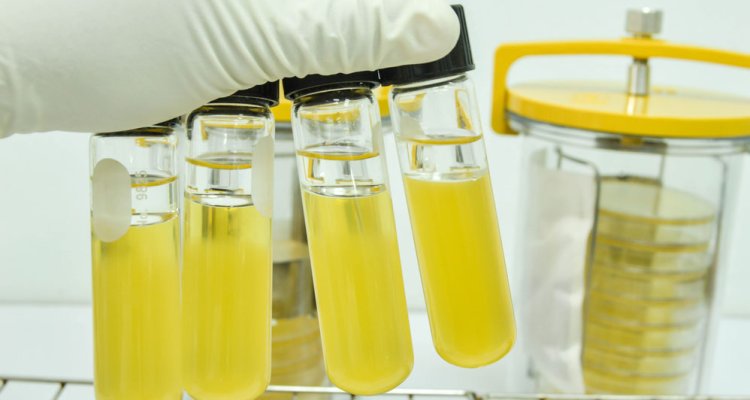
Microbial Interactions
Microbial Interations aims to unravel new microbial interaction mechanisms (and new syntrohic microbes) and understand their functioning in relation to the environment.
In nature microbes live in complex multi-species communities. This makes them stronger and capable of conversions that one species alone cannot achieve. A typical example are syntrophic communities of fatty-acid oxidizing bacteria and methanogens, which are key players in the anaerobic degradation of organic matter. Growth of syntrophic communities is controlled by the thermodynamics of the reactions they perform, and the microorganisms depend on each other’s presence and activity through interspecies electron transfer. The challenge in topic is to understand the mechanisms underlying obligate syntrophic interactions, but also explore and study a diversity of other microbial interactions (auxotrophies, sensing, etc.). There is a vastitude of “hidden” microbial relations/interactions to discover out there! We also want to use the knowledge gained in microbial interactions to design efficient microbial synthetic co-cultures for biotechnological applications (see for example our synthetic co-cultivation approaches for syngas conversion under the topic One-carbon Metabolism)

